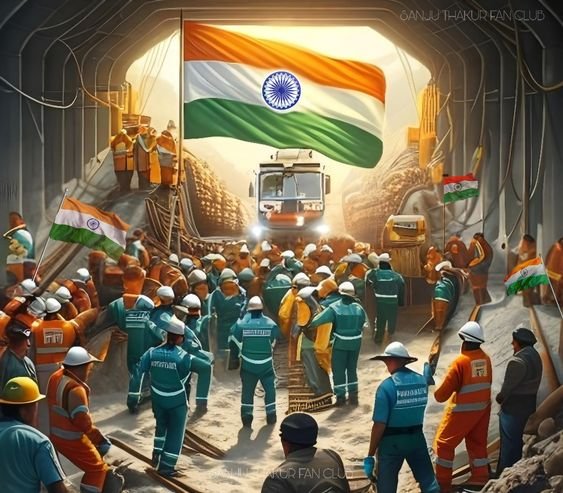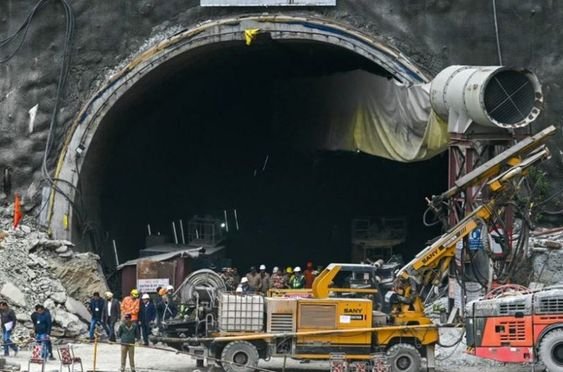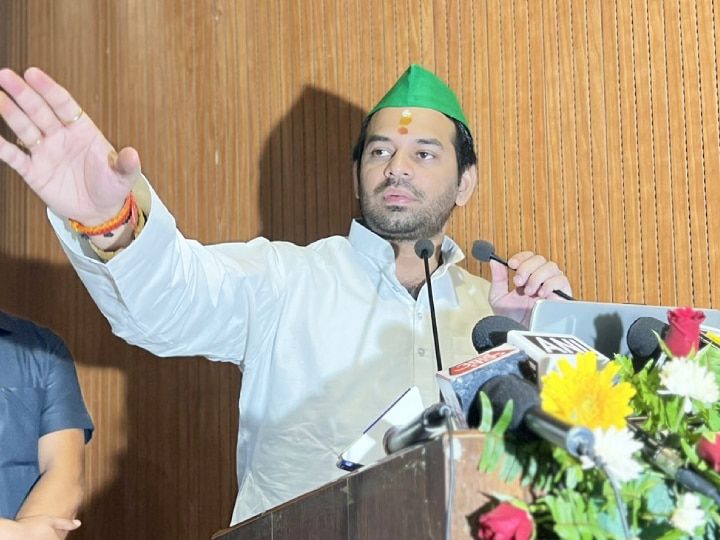
West Bangal (Raniganj) | June 16: As the International Day for Mine Awareness and Assistance approached on April 4th, it is a day set aside to highlight the work being done to rid the world of Landmines, Explosive Remnants of War (ERW) and the use of Improved Explosive Devices (IEDs) and to provide the opportunity to create awareness on the work that remains to be completed in the same sector. So, this 4th April, let’s delve into the unsung and infamous story of Raniganj – a race against time, a race that tested the spirit of rescue teams, highlighted the importance of preparedness, and ultimately demonstrated the indomitable human spirit in the face of adversity – a rescue of 65 mine workers.
What Has Happened?
It was a normal routine day for the miners in the Raniganj coalfields, known for their rich deposits. Little did they know their lives were taking a terrifying route. The year 1989 on the day of November 13, witnessed a catastrophe at the Raniganj coal mines in the state of West Bengal. The Mahabir Colliery in Raniganj was bustling with activity as miners worked tirelessly to excavate coal. But in the early hours, an unexpected deluge of water flooded the mine, cutting off escape routes and plunging the miners into darkness. The incident occurred when someone accidentally touched the upper seam of the mine and water rushed into the mine. Dozens of miners were trapped and the mine became the site of a harrowing race against time as 65 miners found themselves trapped deep underground. Of the 220 miners, 6 lost their lives and those closest to the lift were pulled immediately and the rest 65 were trapped for a long time.
The Call to Action
News of the mining disaster spread rapidly, triggering a coordinated response from local authorities, rescue teams, and the community. The clock was ticking, and every passing moment diminished the chances of a successful rescue. The urgency of the situation prompted a collaborative effort involving government agencies, mining experts, and specialized rescue teams.
Jaswant Singh Gill, the “hero of the mission” an engineer with Coal India Limited, whose quick thinking and decisive action would turn him into a beacon of hope. Known affectionately as ‘Capsule Gill’ after the event, he orchestrated a daring rescue mission that had never been attempted before.
Plan
The rescue operation posed numerous challenges, including the unstable conditions of the collapsed mine, the lack of proper ventilation, and the uncertainty surrounding the miners’ exact location. Gill’s plan was as simple as it was audacious. He proposed to drill a borehole into the miners’ location and extract them using a specially designed steel capsule.
The authorities had to drill multiple capsules to communicate with miners and send them packets of food. The same day, Gill ordered a local factory to design a 2.5 m capsule with a steel rope to be lowered, which was ready by midnight of November 15. Despite protests from senior officials, Gill trained himself in rescue purposes and on November 16, at 2.30 am, he himself went down to rescue each and every stuck miner.
With a crowd of 20,000 onlookers and the nation’s eyes upon them, the rescue team worked tirelessly. It took six gruelling hours, but one by one, the miners were brought to the surface, each emergence greeted with cheers and relief.
Aftermath
The rescue of the Raniganj miners was more than a successful operation; it was a testament to human resilience and the power of collective effort. Jaswant Singh Gill became a national hero, awarded the ‘Sarvottam Jeevan Raksha Padak’ by the President of India for his bravery and quick thinking.
| ReplyForwardAdd reaction |

























